GEOGRAPHY TOPICAL QUESTIONS AND ANSWERS
|
KCSE Geography Paper 2 2019 Section B Question 10. (a) (i) What is communication?
(ii) Name four types of mass communication.
(b) Explain the role of communication in the economic development of Africa.
0 Comments
KCSE Geography Paper 2 2019 Section B Question 9. (a) What is an industry?
(b) (i) Name two car manufacturing zones in Japan.
(ii) Explain four human factors which have favoured the development of car manufacturing industry in Japan.
(c) Explain each of the following problems of industrialisation in the developing countries: |
Archives
March 2024
Categories
All
|
We Would Love to Have You Visit Soon! |
Hours24 HR Service
|
Telephone0728 450425
|
|
8-4-4 materialsLevels
Subjects
|
cbc materialsE.C.D.E
Lower Primary
Upper Primary
Lower Secondary
Upper Secondary
|
teacher support
Other Blogs
|
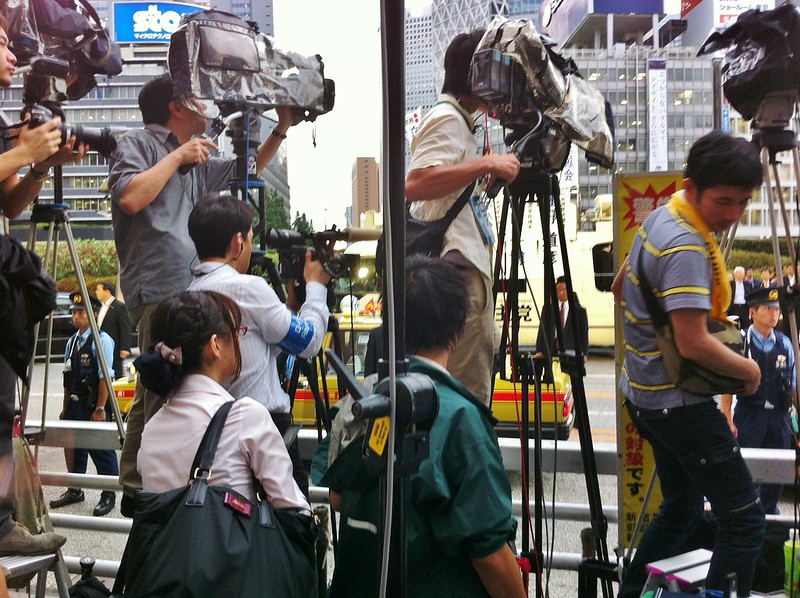

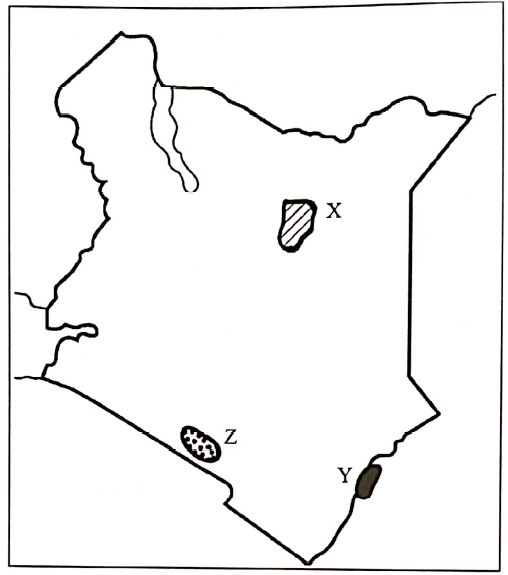
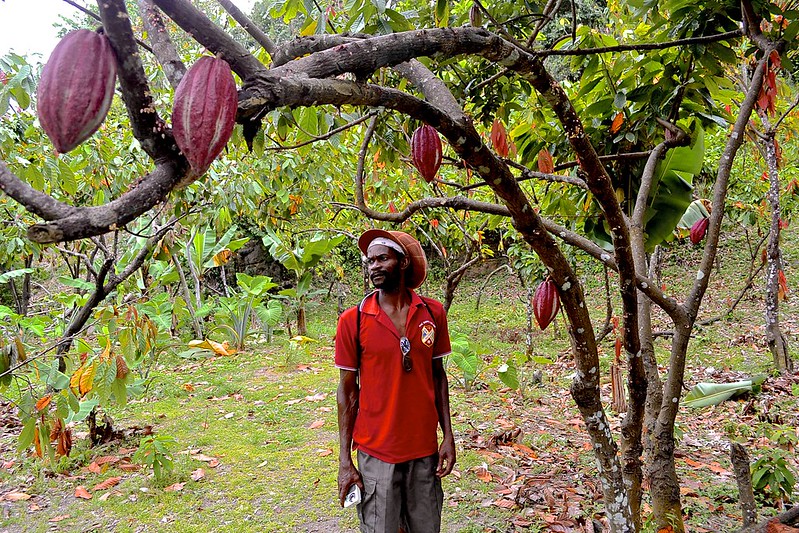
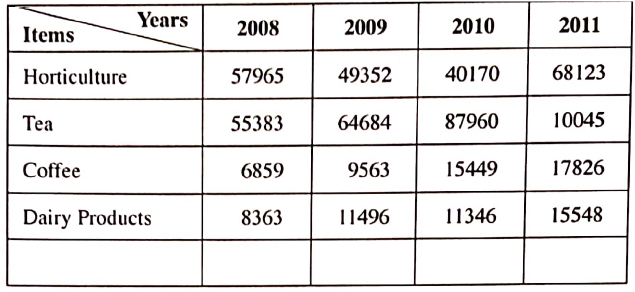
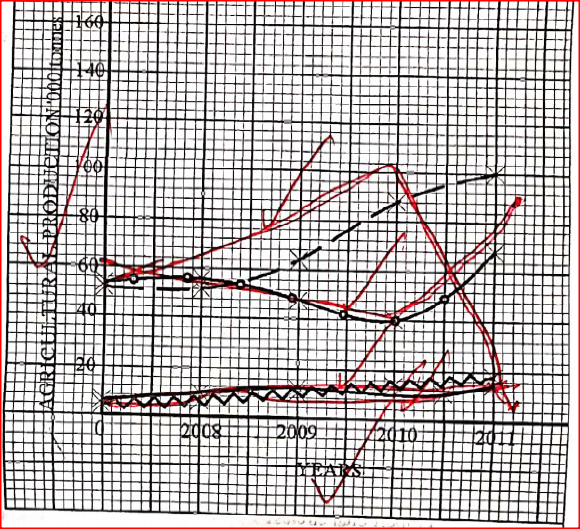
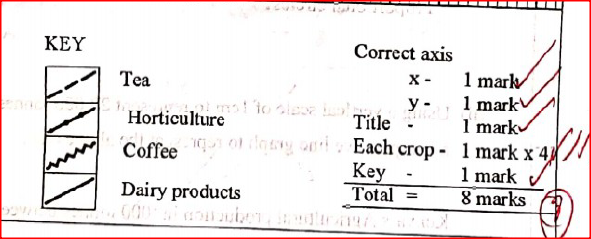
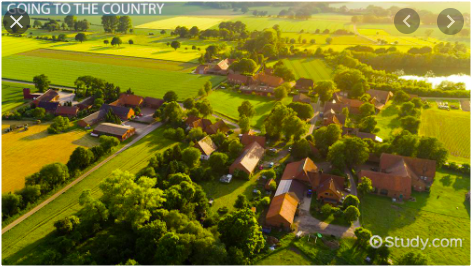


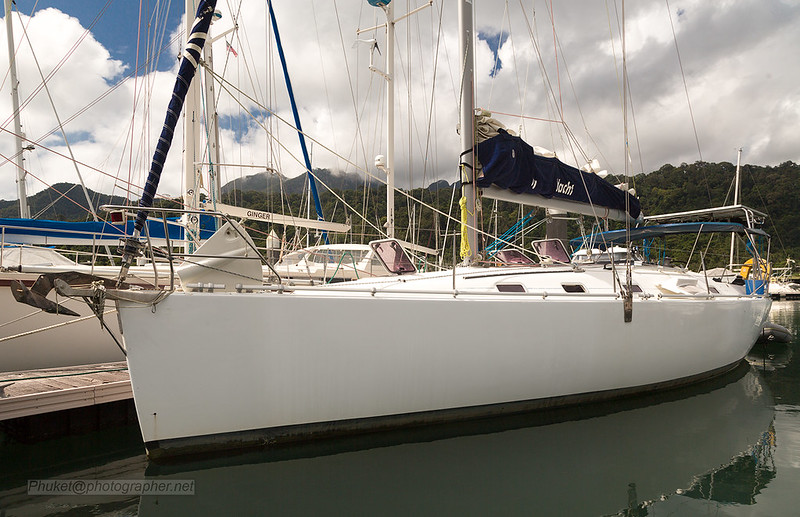
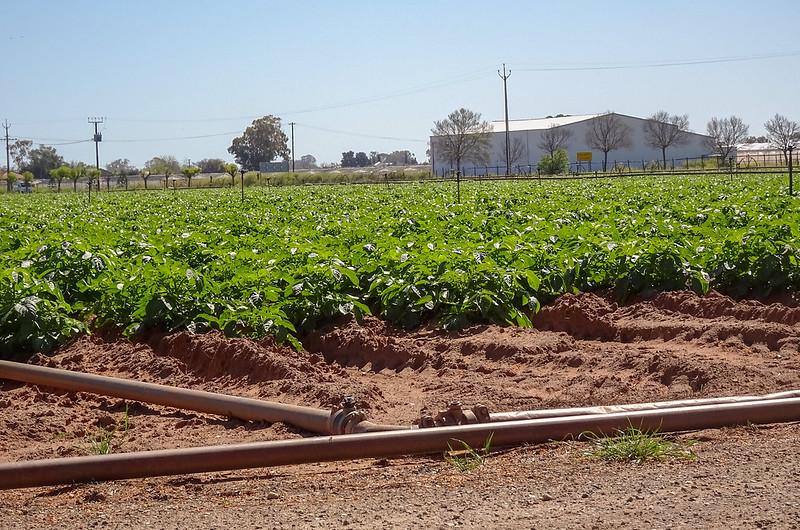
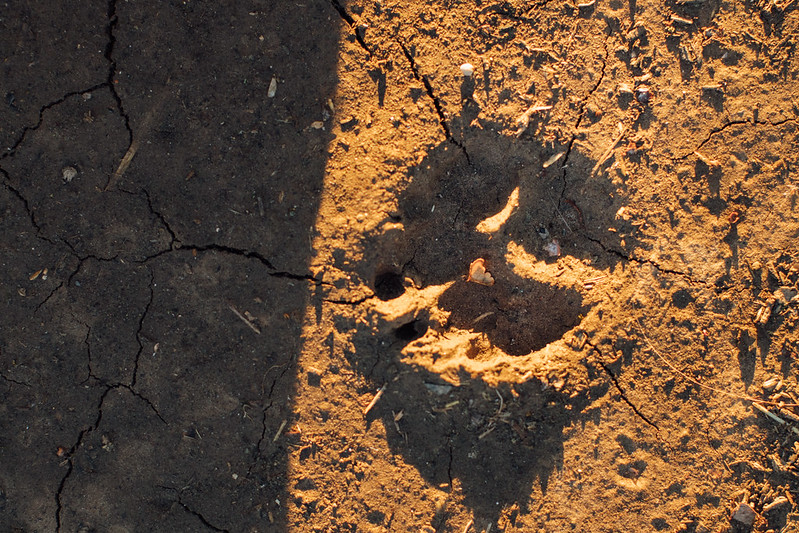
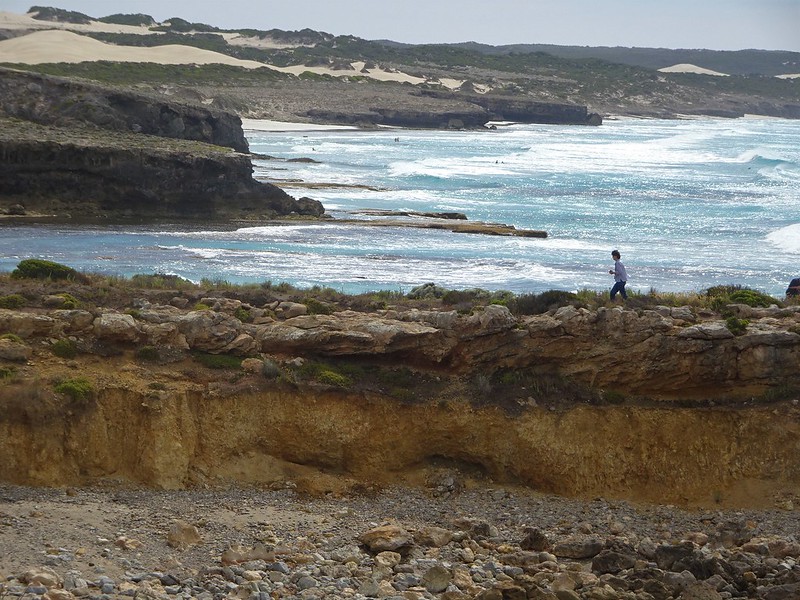

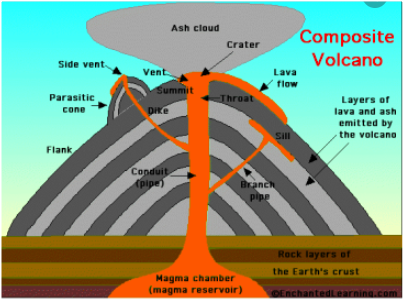
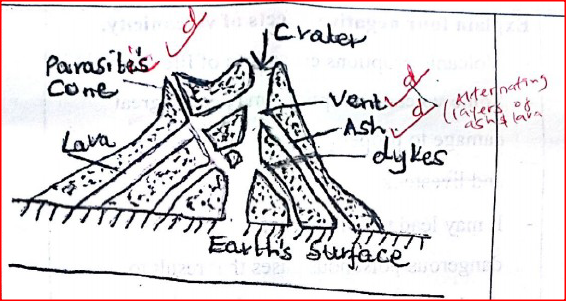
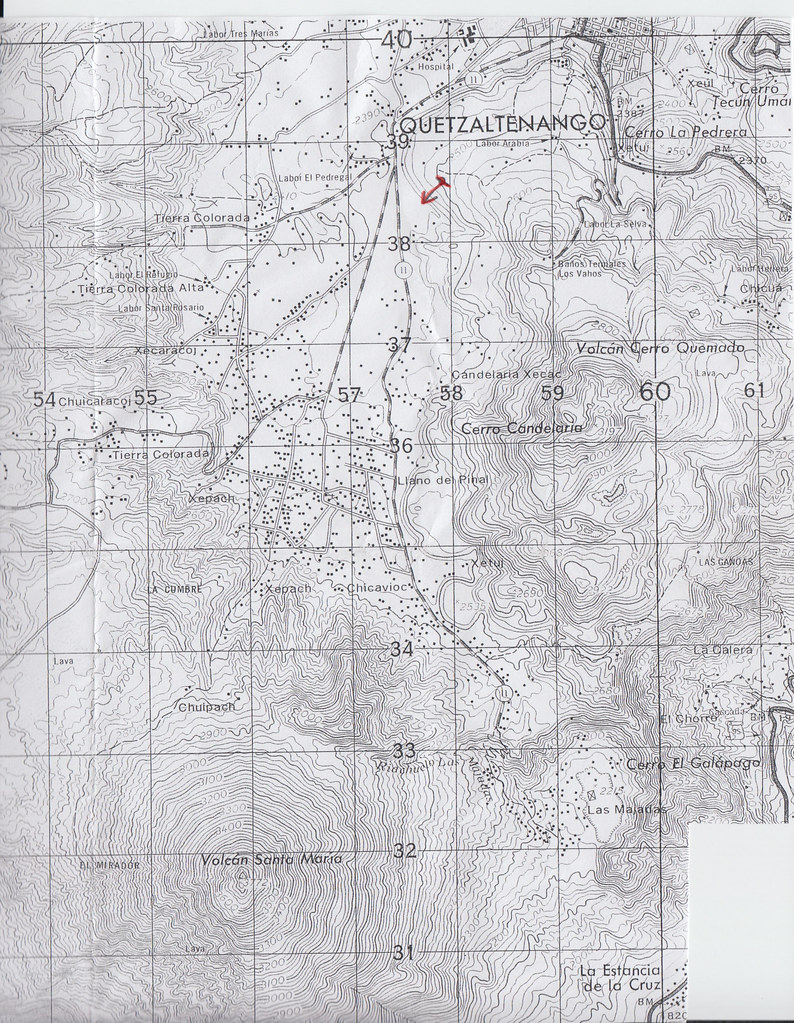
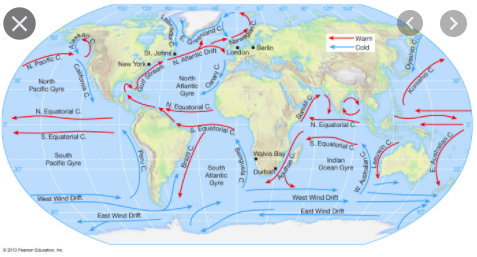

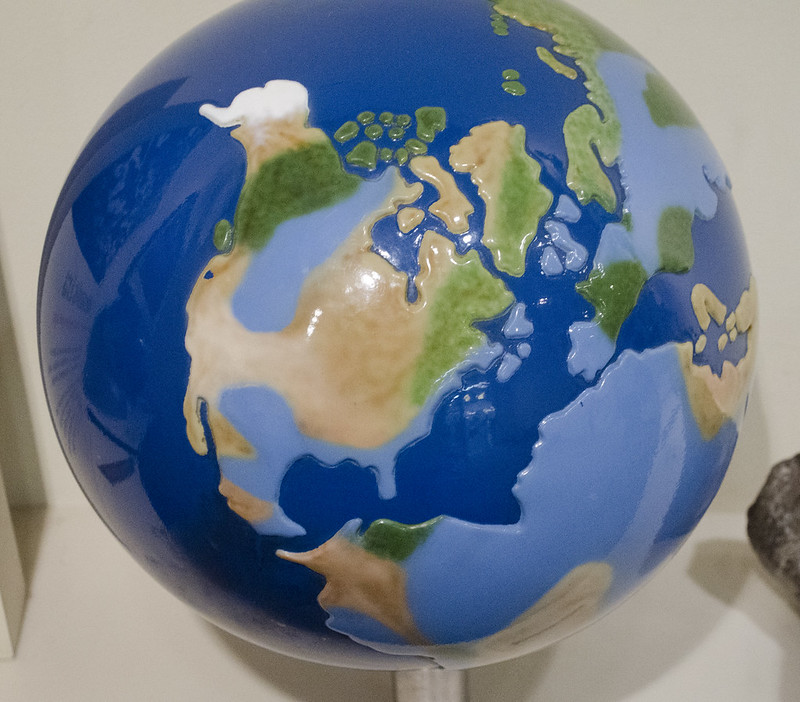
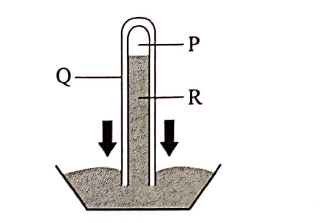

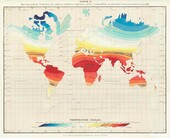
 RSS Feed
RSS Feed